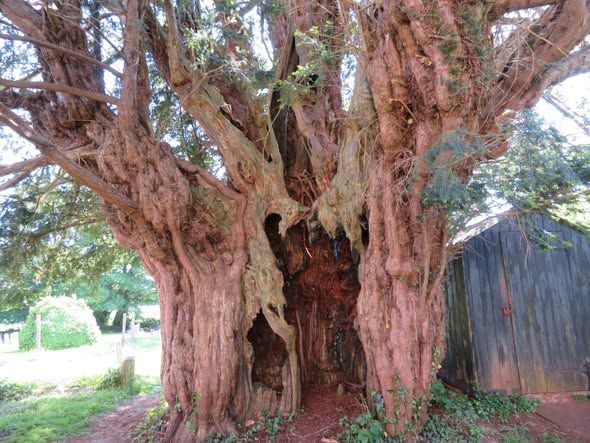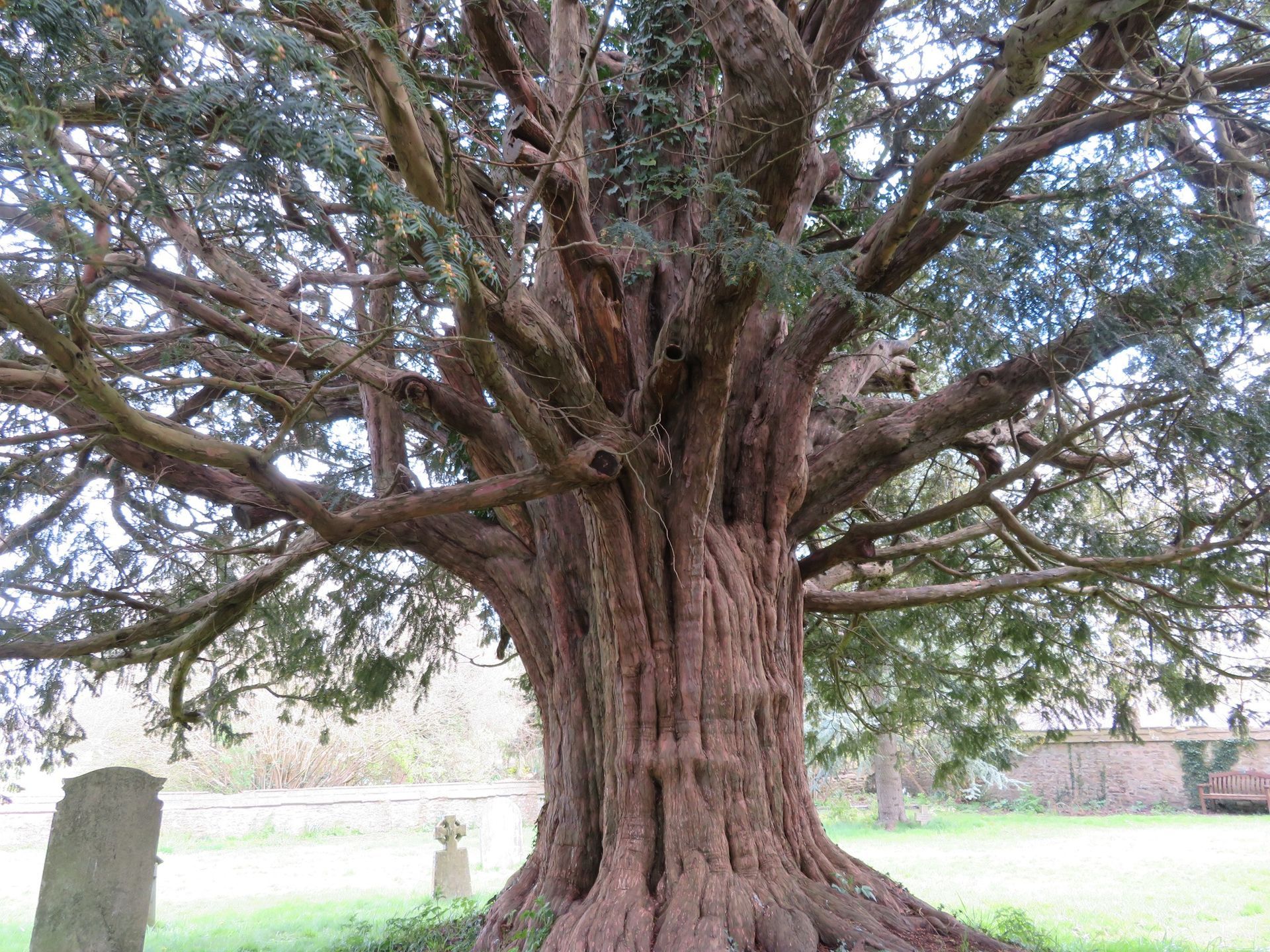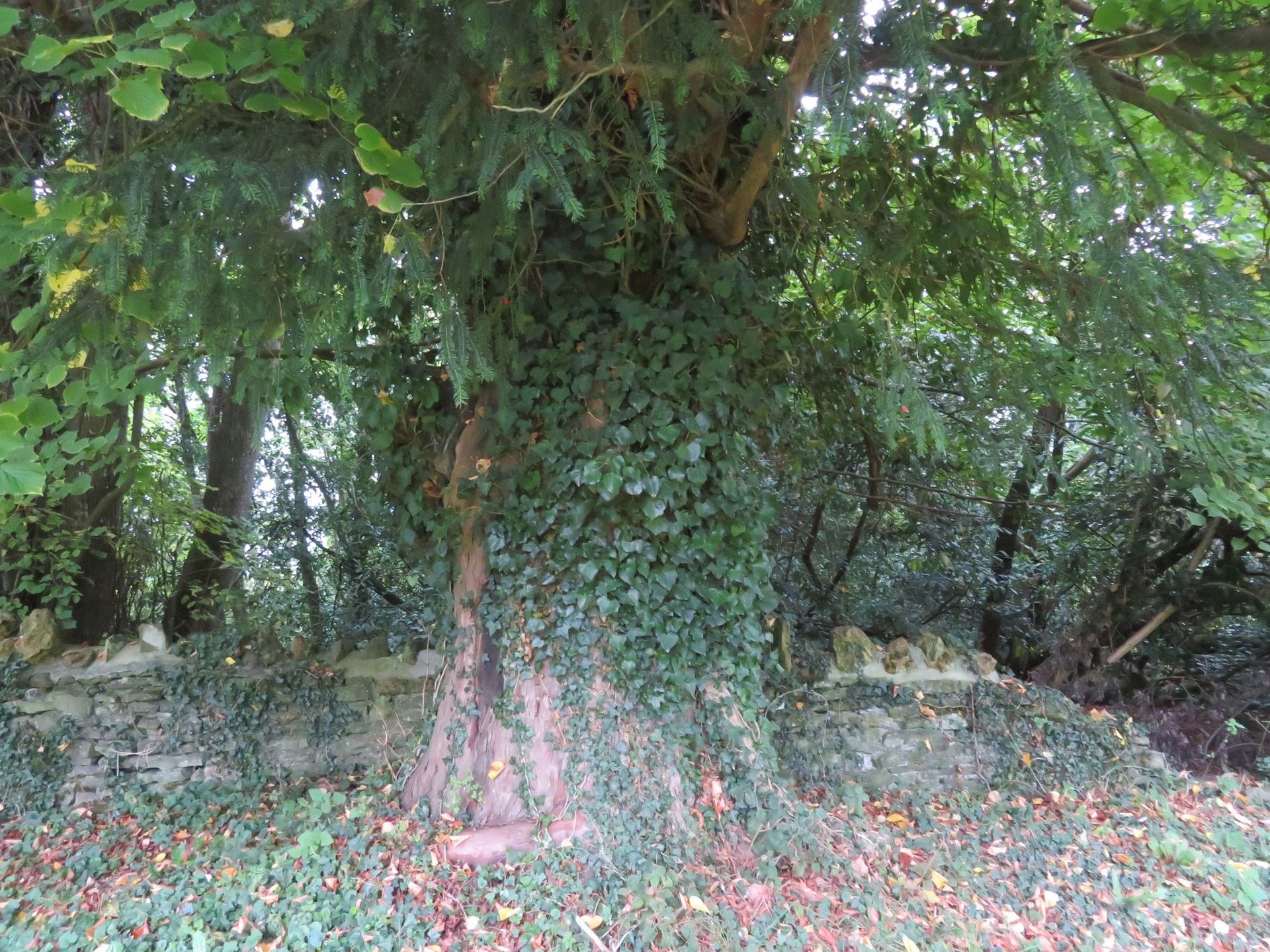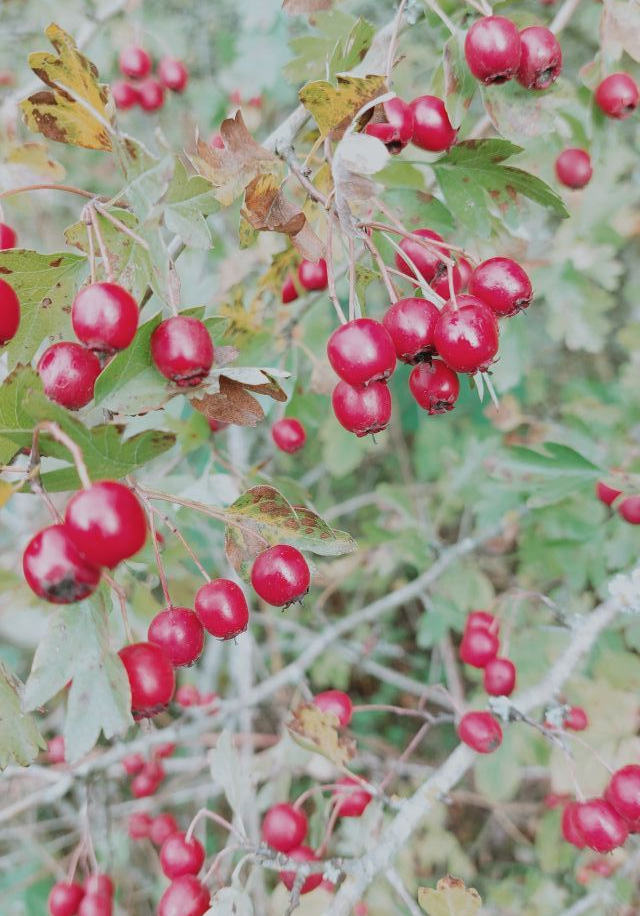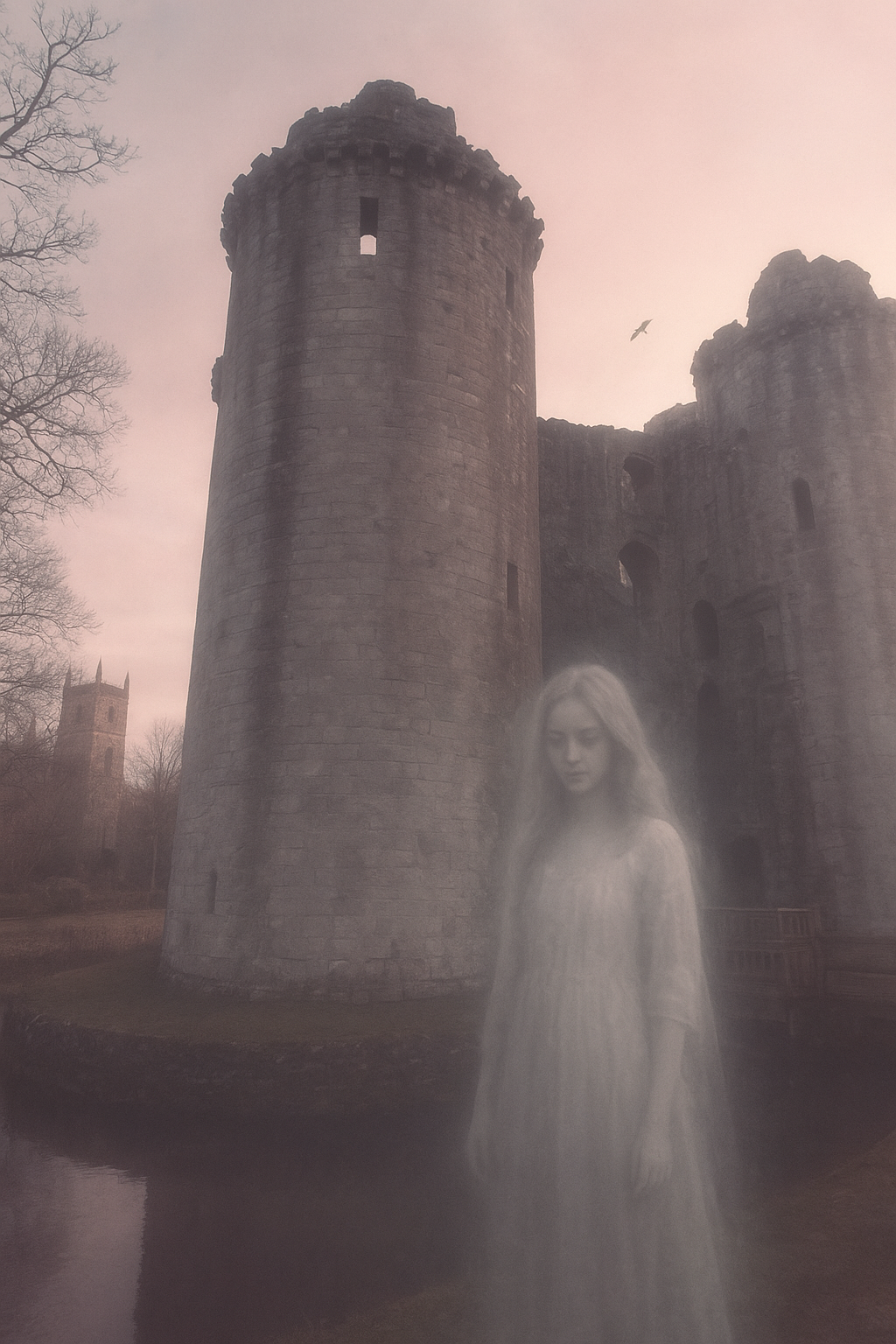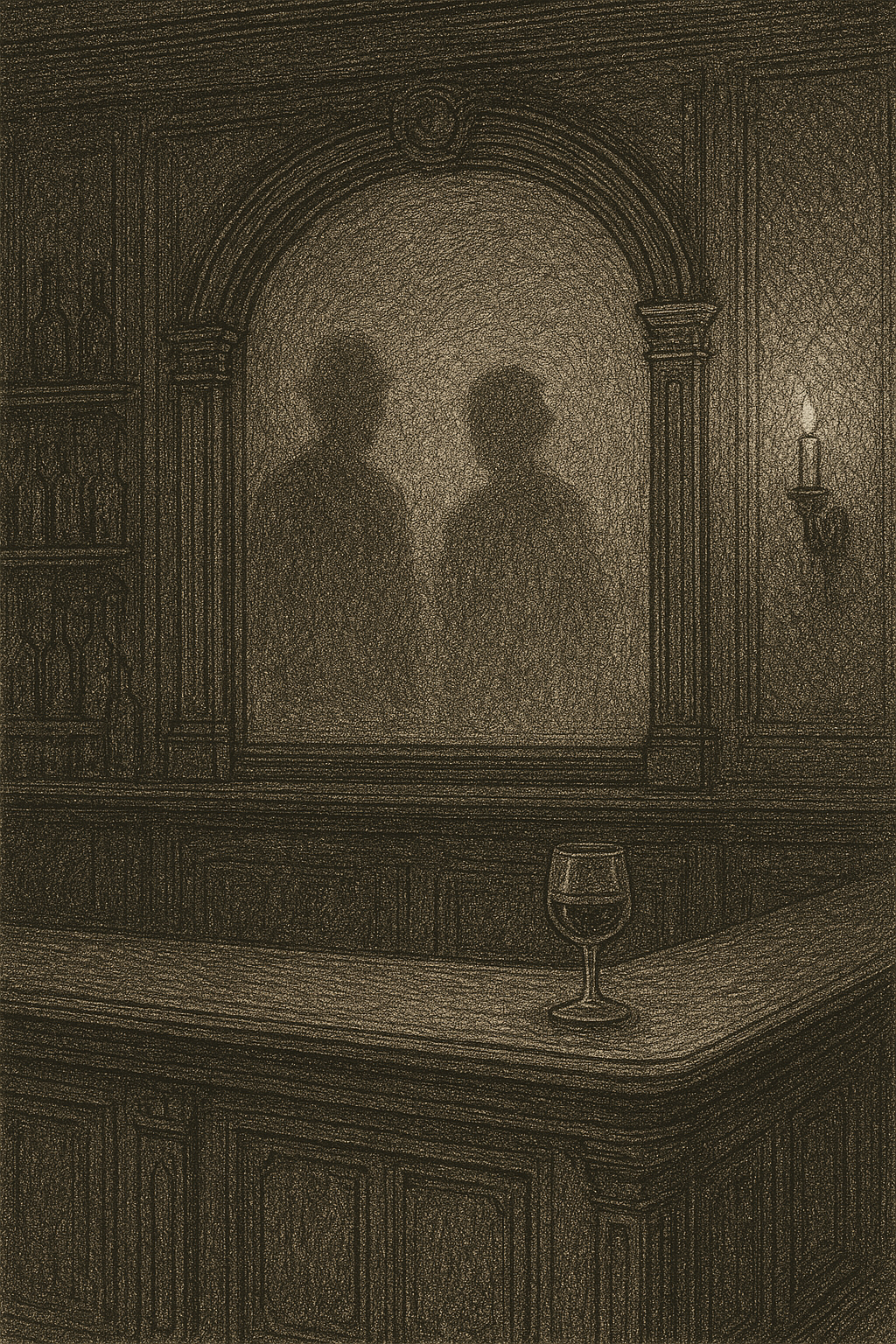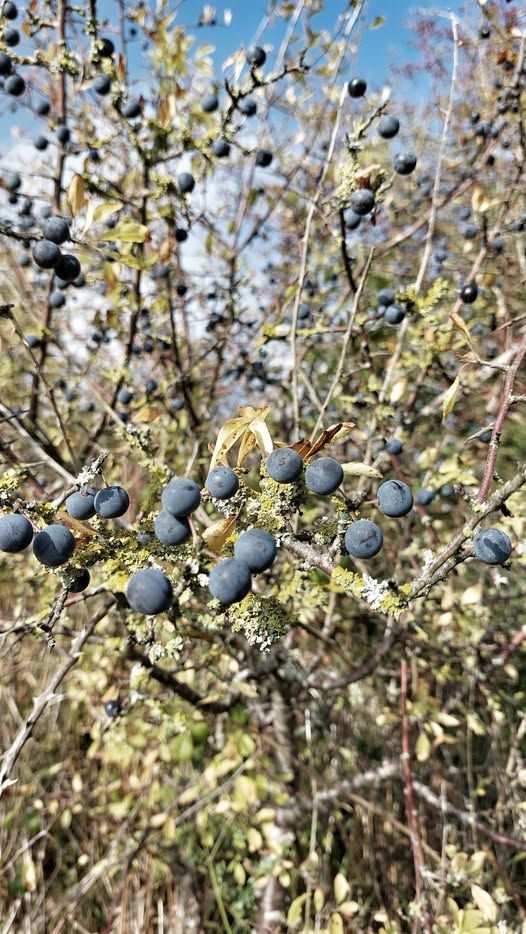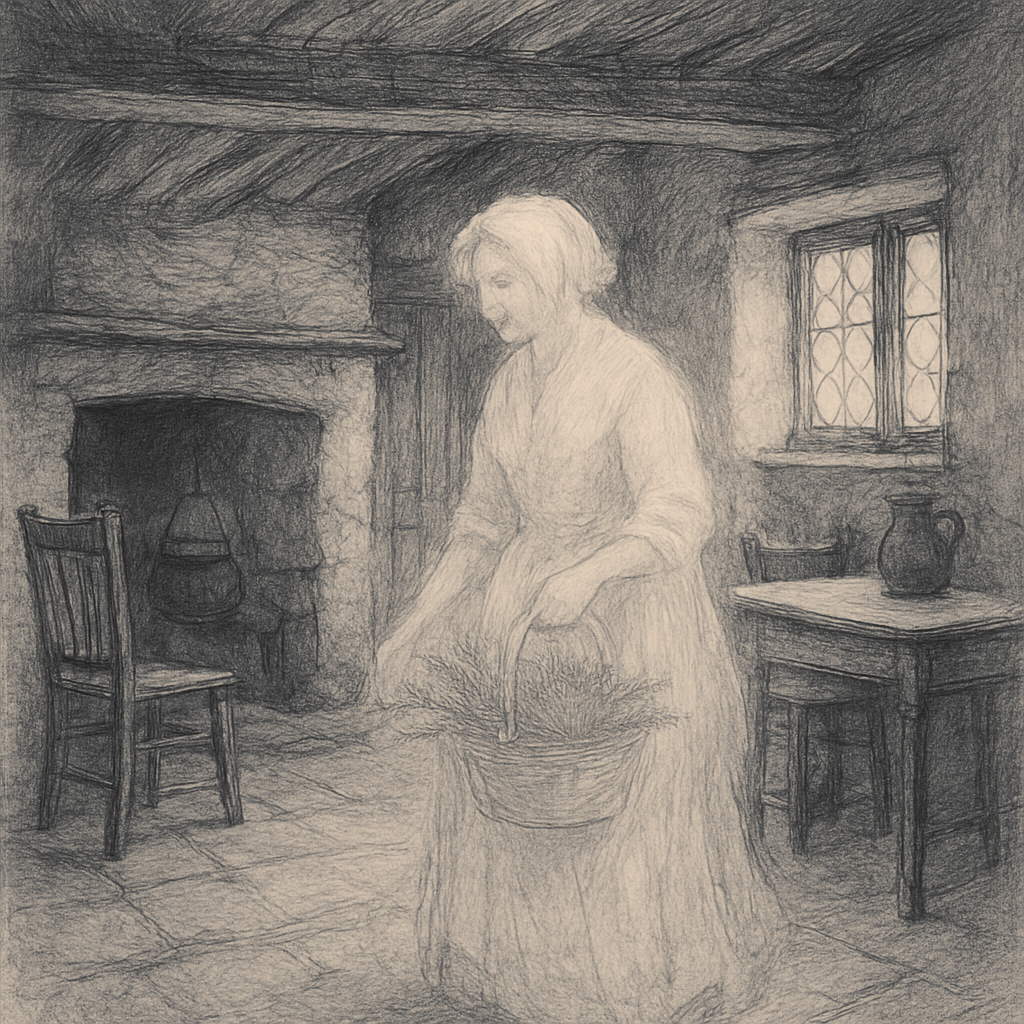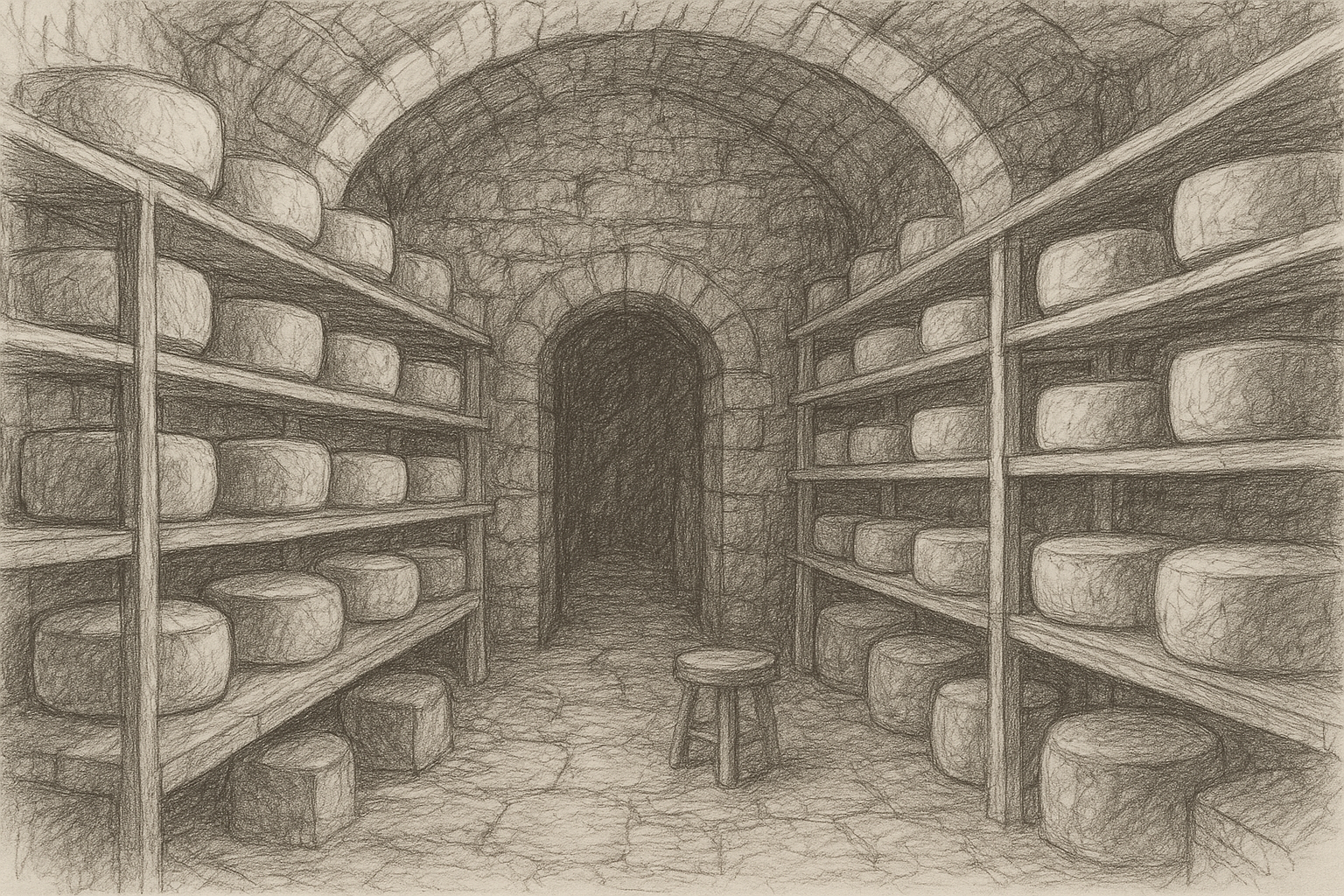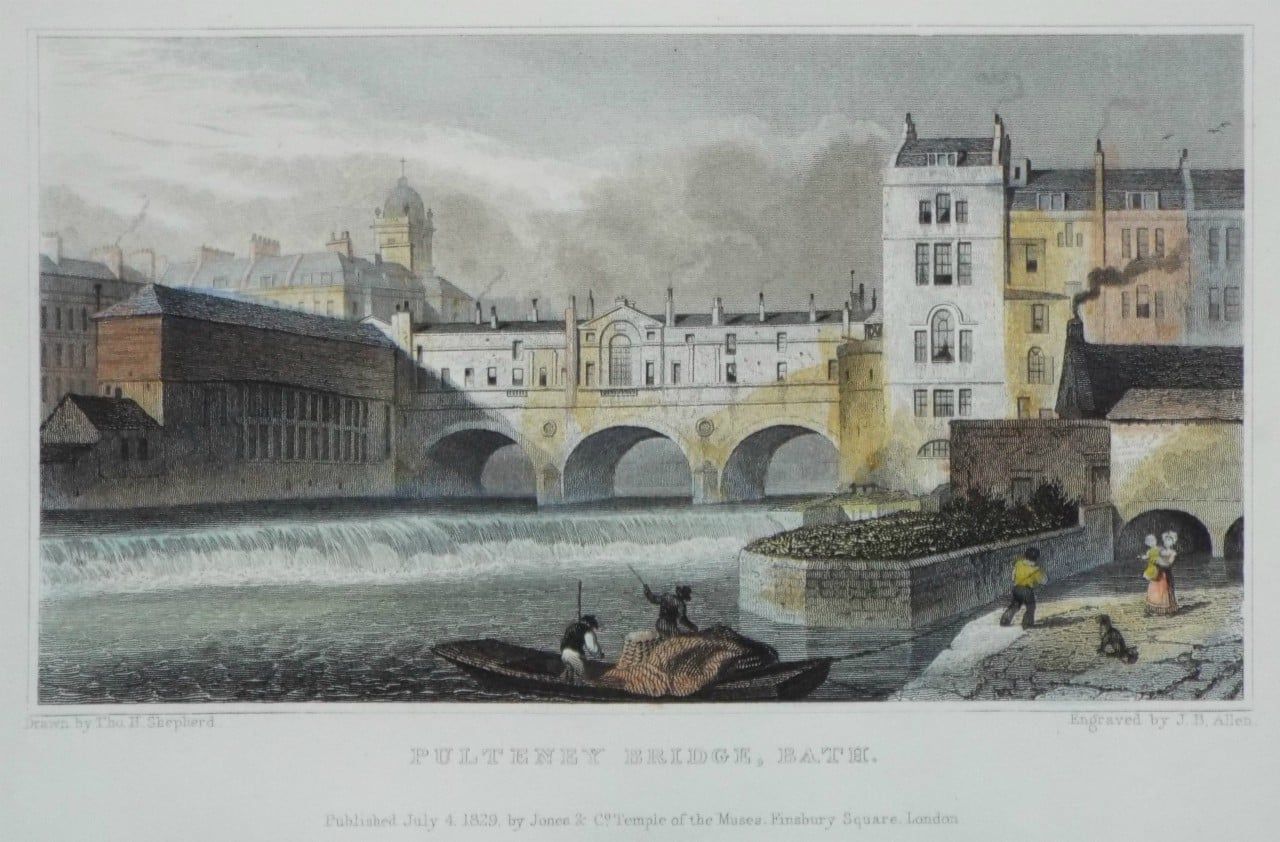The Mystical Yews of Somerset
The Mystical Yews of Somerset
In Somerset’s folklore, the yew tree stands as both guardian and gatekeeper — an ancient sentinel woven into myths of death, rebirth, and the unseen worlds beyond.
Whispered tales speak of yews as living thresholds to the underworld, their roots said to intertwine with the bones of the dead, binding life and death in an eternal embrace.
One local legend even tells of a Devil’s pact that prevented a hundredth yew from ever growing in a churchyard, ensuring the balance between sacred and infernal remained unbroken.
For centuries, yews have been planted beside graves and church walls, their dark evergreen boughs symbolising immortality, resurrection, and protection from evil.
To the ancients, their longevity was proof of otherworldly power — a living bridge between mortal and divine.
Symbolic Associations
Gateway to the Underworld:
Revered for their age and proximity to death, yews were seen as portals between this world and the next.
Immortality:
Evergreen and enduring, the yew embodies eternal life — a symbol of unending renewal and the spirit’s persistence beyond decay.
Death and Resurrection:
With its capacity to regenerate from seemingly lifeless wood, the yew mirrors the eternal cycle of dying and rebirth so central to Celtic belief.
Protection:
Churchyards were often planted with yews to guard against malevolent spirits, their sacred presence believed to purify the resting dead.
Somerset’s Local Lore
The Chilcompton Yew:
This ancient tree is said to mark a place where the dying once came to pass into the next world — a site where mortal breath faded into ancestral spirit.
Some call it a “gateway tree,” where souls crossed from life into legend.
The ancient yew tree at Chilcompton church is estimated to be over 1,800 years old. (first photo)
The 99 Yew Trees Legend:
While best known at St. Mary’s in Painswick, the tale echoes through Somerset’s sacred groves.
It is said that when the ninety-ninth yew was planted, the Devil himself forbade the hundredth to grow, cursing any attempt to complete the number.
The yew tree at Holcombe Old Church is believed to be around 1,500 years old.
It is estimated to have existed even before the Norman church, which was consecrated in 928 AD (third photo)
Across Britain, such stories remind us that the yew’s presence is as much spiritual as it is botanical — a symbol of balance between light and shadow.
Other Folklore
The yew’s poisonous beauty has long inspired awe and fear.
Witches were said to use its wood and needles in dark workings, while travellers were warned of the vapours that gathered beneath its branches.
In old graveyard lore, it was whispered that yew roots crept through the eye sockets of the buried dead — holding them in place and binding their spirits to sacred ground.
Yew trees were the preferred material for making English longbows because of their strength and flexibility.
The wood's combination of hard, compression-resistant heartwood and flexible, tension-resistant sapwood was ideal for a longbow, and yew was used for centuries, contributing to English military success and played a crucial role in English victories during the Hundred Years' War at battles like Crecy, Poitiers, and Agincourt.
© Somerset History & Mystery
Images - Somerset Photography
St Vigors - Stratton on the Fosse
St Johns - Chilcompton
St Andrews - Mells
Old Church - Holcombe
